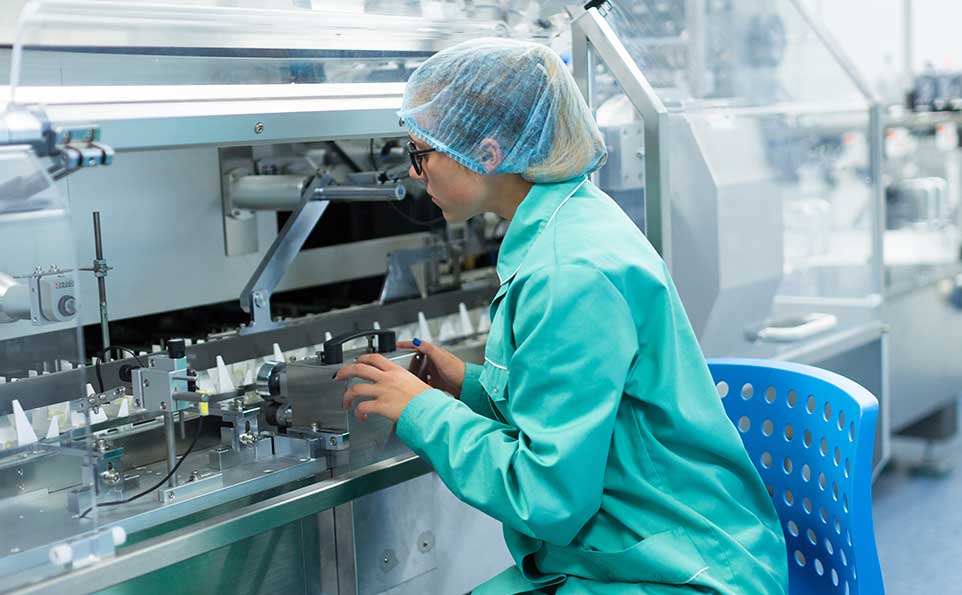In the world of healthcare, the development and production of medical devices play a pivotal role in improving patient care, enhancing diagnostic accuracy, and even saving lives. Behind every piece of medical equipment, from a simple thermometer to a sophisticated MRI machine, lies a meticulous process that combines both art and science. In this blog, we will delve into the fascinating realm of medical device manufacturing, exploring the intricate fusion of craftsmanship and cutting-edge technology that shapes the future of healthcare.
The Marriage of Art and Science
Medical device manufacturing is a unique blend of art and science. It marries the precision and scientific rigor of engineering with the creativity and craftsmanship of design. Each medical device begins as an idea, often born from the need to address a specific healthcare challenge. This idea then evolves into a meticulously planned blueprint that integrates engineering principles and design aesthetics.
Designing for Functionality and User Experience
The initial phase of creating a medical device involves detailed design and prototyping. Engineers work on ensuring the device’s functionality, reliability, and safety. They consider factors such as the device’s intended use, the specific medical conditions it will address, and the environment in which it will operate.
Simultaneously, designers focus on the user experience. They aim to create intuitive interfaces, ergonomic designs, and aesthetically pleasing forms. The goal is to make medical devices not only effective but also user-friendly for healthcare professionals and patients alike.
Materials and Manufacturing Processes
Selecting the right materials is crucial in medical device manufacturing. Biocompatibility, durability, and ease of sterilization are essential considerations. From stainless steel surgical instruments to lightweight and durable plastics used in wearable devices, materials are carefully chosen to meet the device’s intended purpose.
Manufacturing processes are equally critical. Precision machining, injection molding, 3D printing, and other advanced techniques are employed to create components with exacting tolerances. Quality control measures are stringent, ensuring that every device meets strict regulatory standards and safety requirements.
Regulatory Compliance
The medical device industry is highly regulated to ensure patient safety. Manufacturers must navigate a complex web of regulations and standards imposed by health authorities worldwide, such as the FDA in the United States or the CE Marking in Europe. Compliance with these regulations is a non-negotiable aspect of medical device manufacturing, demanding meticulous documentation and rigorous testing.
Testing and Validation
Before a medical device reaches the hands of healthcare professionals, it undergoes extensive testing and validation. This includes performance testing, sterilization validation, and biocompatibility testing, among others. Each test is designed to ensure that the device functions as intended and poses no harm to patients.
Innovation and Continuous Improvement
Medical device manufacturing is a dynamic field, characterized by continuous innovation. As technology advances, manufacturers strive to incorporate the latest breakthroughs into their devices. This drive for improvement has led to remarkable advancements, from smaller and more portable devices to those with enhanced diagnostic capabilities.
Conclusion
In the world of healthcare, the art and science of medical device manufacturing are inseparable. It is a field where creativity and precision come together to create solutions that have a profound impact on patient care. As we continue to push the boundaries of what is possible, medical device manufacturers remain at the forefront of innovation, shaping a healthier and safer future for all.
 Hospital Furniture
Hospital Furniture Medical Devices
Medical Devices MSR Products
MSR Products Office Furniture
Office Furniture